ADHD isn’t a focus deficit—it’s an interest-powered neural symphony conducted differently. With 6.1 million U.S. children and 10 million adults diagnosed (CHADD), yet enduring 6+ month waitlists for specialists, telehealth revolutionizes access to life-changing care. Discover neuroscience-backed ADHD management strategies that work with your brain’s wiring, not against it.
Beyond Distraction: The ADHD Brain Rewired
ADHD stems from dysregulation in executive function networks—not laziness. Key telehealth-addressable challenges include:
- ⚡ Dopamine Dysregulation: Seeking stimulation for task engagement
- 🕒 Time Blindness: Struggling to gauge duration/prioritize
- 🧠 Working Memory Gaps: Information “evaporates” mid-task
- 🌐 Access Crisis: 75% of adults with ADHD go undiagnosed (JAMA Psychiatry)
Telehealth Breakthrough: Virtual care reduces diagnostic delays by 68% through wider specialist access (ADDitude Magazine).
5 Telehealth-Optimized ADHD Management Strategies
1. Targeted Medication Management
- Precision Approach: Genetic testing (e.g., Genesight) identifies effective stimulants/non-stimulants
- Virtual Advantage: Quick medication adjustments via video check-ins
- Monitoring: App-based symptom trackers (e.g., Bearable) optimize dosing
2. Executive Function Coaching (EFC)
- How it works: Real-time screen sharing to:
- Build personalized organizational systems
- Break paralysis via “body doubling” (therapist observes tasks)
- Create environmental optimization plans
- Pro Tip: Use digital timers (Pomodoro) + “temptation bundling” (reward stacking)
3. Dialectical Behavior Therapy (DBT) Skills
- Core Modules:
- 📆 Distress Tolerance: Crisis survival skills for emotional overwhelm
- 🎯 Emotion Regulation: Naming/navigating frustration spikes
- 🤝 Interpersonal Effectiveness: Reducing rejection sensitivity
4. Neurofeedback & Biofeedback
- At-Home Tech: Wearables (Muse S, EEG headsets) train:
- Focus sustainability (beta wave modulation)
- Impulse control (heart rate variability training)
- Data-Driven: Therapists remotely analyze progress metrics
5. Environmental Engineering
- Telehealth Assessment: Therapists evaluate home workspace via video to:
- Reduce sensory overload (lighting/noise fixes)
- Create “focus zones” using physical boundaries
- Implement “external brain” systems (visual reminders, automated alerts)
Why Telehealth is Ideal for ADHD Care
| Traditional Barrier | Telehealth Solution |
|---|---|
| Forgotten appointments | Automated reminders + easy rescheduling |
| Transportation issues | Care from any environment |
| Stigma concerns | Private home sessions |
| Limited local specialists | Cross-state provider access |
| Inconsistent routines | Flexible scheduling around energy peaks |
Outcome Data: 92% of ADHD patients report better treatment adherence via telehealth (Journal of Attention Disorders).
Your 4-Week ADHD Reset Plan
- Week 1: Audit Your Systems
- Track focus/energy patterns using free apps (e.g., Tiimo)
- Identify 1 daily “time leak” (e.g., morning paralysis)
- Week 2: Implement 1 Neuro-Tool
- Start 25-min Pomodoro sessions
- Set up “focus playlists” (binaural beats)
- Week 3: Initiate Professional Support
- Ask providers: “Do you offer executive function coaching?”
- Week 4: Optimize Your Environment
- Create a “distraction-free zone” with phone locker
- Install blue light filters + time-awareness clocks
Conclusion: Your Brain’s Ally Awaits
ADHD management thrives on flexibility—something telehealth delivers inherently. By combining precision treatments, environmental engineering, and remote specialist access, sustainable focus becomes achievable. Remember: Your neurodivergence isn’t a flaw—it’s a different operating system needing the right tools.
Procare Behavioral & Mental Health Care PLLC delivers personalized ADHD telehealth treatment that adapts to your neurology—because thriving starts where you are.



